IVF is a popular form of assisted reproduction that enables single people and couples who are having trouble getting pregnant. To improve the likelihood of successful fertilization and implantation, a number of carefully planned steps are involved. Anyone thinking about using IVF must be aware of its five stages. We will examine each stage in detail in this comprehensive guide, offering insightful details.
What Is IVF?
Let’s first gain a basic understanding of what IVF entails before moving on to the stages. In vitro fertilization (IVF) is a fertility procedure in which eggs are taken from a woman’s ovaries and fertilized with sperm in a lab. The resulting embryos are next carefully examined and, if found to be viable, transferred to the woman’s uterus for implantation. Reproductive medicine has undergone a revolution thanks to IVF, which gives hope to those who are having difficulty getting pregnant naturally.
What Are the 5 Stages of IVF?
The IVF process includes 5 Stages:
- Ovarian stimulation
- Egg retrieval
- Sperm collection/retrieval
- Fertilization & embryo development
- Embryo transfer
Stage 1: Ovarian Stimulation
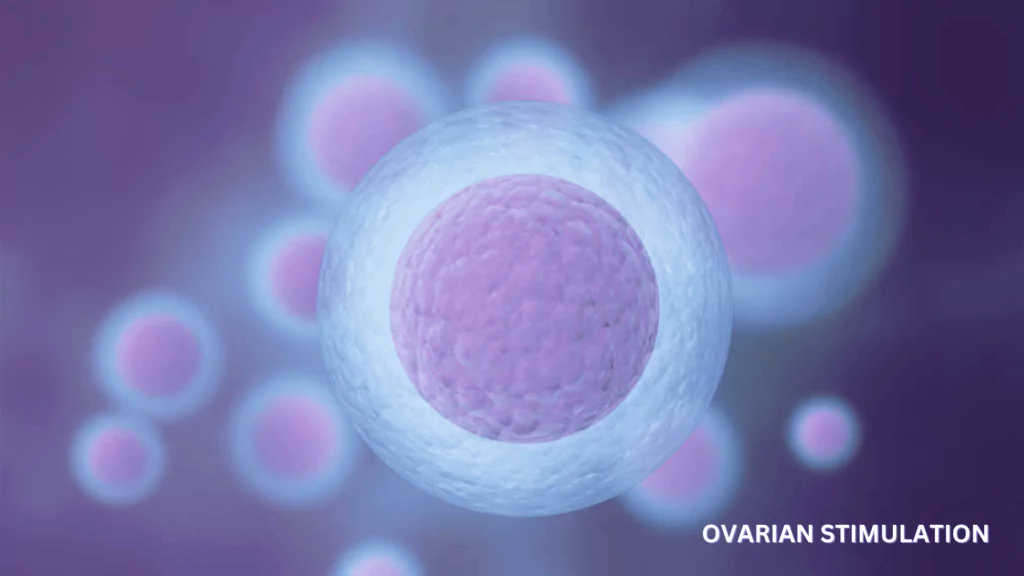
The ovarian stimulation phase of IVF is the first step. This procedure aims to encourage the ovaries to produce more eggs than they typically do, which is just one egg per menstrual cycle. The use of fertility drugs stimulates the development of multiple follicles, each containing an egg, in the ovaries. Injections of both luteinizing hormone (LH) and follicle-stimulating hormone (FSH) are frequently used in the stimulation process. The medical staff can choose the best time for egg retrieval with the help of routine monitoring such as ultrasounds and blood tests.
Stage 2: Egg Retrieval

Egg retrieval comes next after the eggs have grown. To ensure the patient’s comfort, this quick surgery is done under anesthesia. The fertility specialist removes the eggs from the ovaries using an ultrasound-guided needle. The embryology lab receives the eggs and continues processing them there.
Stage 3: Sperm Collection and Fertilization

A sperm sample is given by the male partner or donor at the same time as the egg retrieval. In the process known as testicular sperm extraction (TESE), the sperm is either directly removed from the testicles or obtained through ejaculation. The retrieved sperm is thoroughly cleaned and ready for fertilization in the lab. Conventional insemination is the most widely used technique, in which sperm is added to a dish containing the retrieved eggs. If there are issues with the sperm’s quality or there have been unsuccessful fertilisations in the past, intracytoplasmic sperm injection (ICSI) may be used as an alternative.
Stage 4: Fertilization & embryo development

The embryos are grown in a lab environment for a few days after fertilization. The embryologists evaluate the embryos’ quality and viability while keeping track of their development at this stage. Usually, three to five days of growth precede the transfer of the embryo. The selection process is enhanced and more information about embryo development is provided by advanced techniques like blastocyst culture, which also allows for extended culture.
Stage 5: Embryo Transfer

The embryo transfer is the last step in IVF. The fertility specialist chooses the best embryo(s) for transfer after carefully weighing the quality of the embryo and other factors. The procedure usually takes place as an outpatient and doesn’t call for anesthesia. The chosen embryo(s) is delicately inserted into the woman’s uterus using a catheter. The patient might be instructed to take a brief nap after the transfer before returning to their regular routine.
What are the Benefits of IVF?
IVF has many advantages for single people and couples who are having trouble getting pregnant. Let’s examine some of this fertility procedure’s main benefits.
Increased Chance of Pregnancy: Compared to other fertility treatments, IVF significantly increases the likelihood of achieving a successful pregnancy. In vitro, fertilization avoids potential barriers that might prevent natural conception by directly fertilizing the eggs with sperm in a controlled laboratory setting.
Addressing Male Infertility: For couples struggling with male infertility issues like low sperm count or poor sperm quality, IVF offers a solution. Even severe male fertility issues can be resolved using procedures like ICSI, in which a single sperm is injected into an egg.
Overcoming Tubal Issues: IVF can aid in overcoming tubal factor infertility, which is caused by blocked or damaged fallopian tubes. The likelihood of successful implantation is raised by IVF because it avoids the need for fallopian tubes and instead places the fertilized embryos directly into the uterus.
Genetic Screening: Preimplantation genetic testing (PGT) is a procedure that can be used during IVF to check embryos for chromosomal abnormalities or genetic diseases. This lowers the possibility of passing genetic conditions to the child by enabling the selection of healthy embryos.
Flexibility and Control: Individuals and couples can have more control over their fertility journeys thanks to IVF. It enables couples to schedule conception according to their work schedules, other commitments, or health issues. Additionally, it gives the choice to freeze and keep embryos for later use.
Alternative Family Building: In vitro fertilization makes it possible to pursue alternative methods of starting a family, such as gestational surrogacy or the use of donor sperm, eggs, or both. For individuals or couples who might not be able to conceive naturally, these options offer hope.
FAQs: About the 5 Stages of IVF
Q: How long does each stage of IVF take?
Q: Are all embryos suitable for transfer?
Q: Can multiple embryos be transferred?
Q: What happens to the remaining embryos?
Q: What are the success rates of IVF?
Q: Are there any risks or side effects associated with IVF?
Conclusion
In conclusion, IVF offers those struggling with infertility a glimmer of hope. Individuals and couples can choose the best fertility treatment option for them by having a thorough understanding of the five stages of IVF and its potential advantages. IVF provides a route to parenthood, regardless of whether the issue is male infertility, resolving tubal problems, or requesting genetic testing. The chances of a successful outcome can be increased by consulting with seasoned fertility specialists and seeking emotional support throughout the procedure.



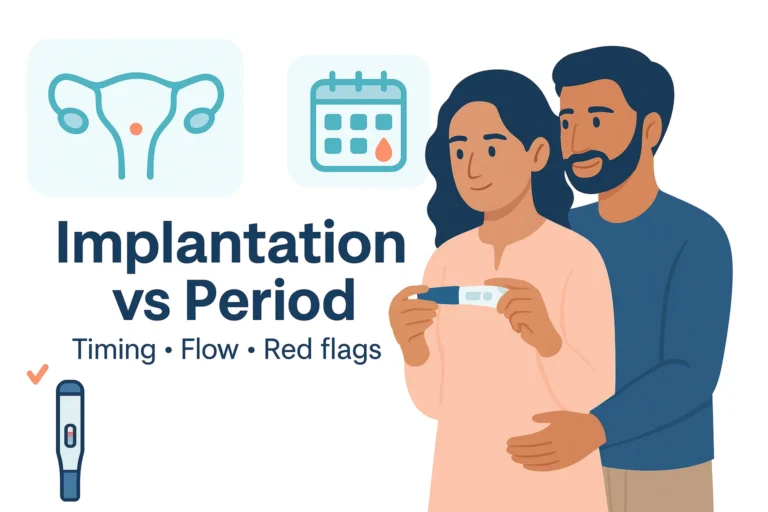
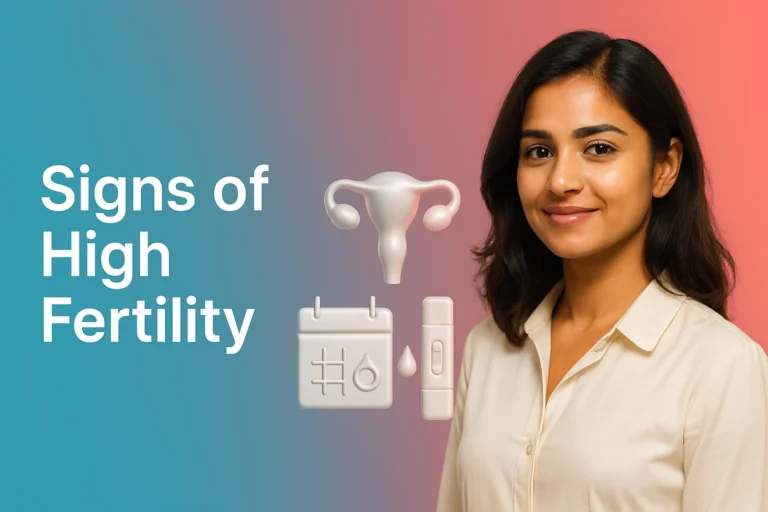
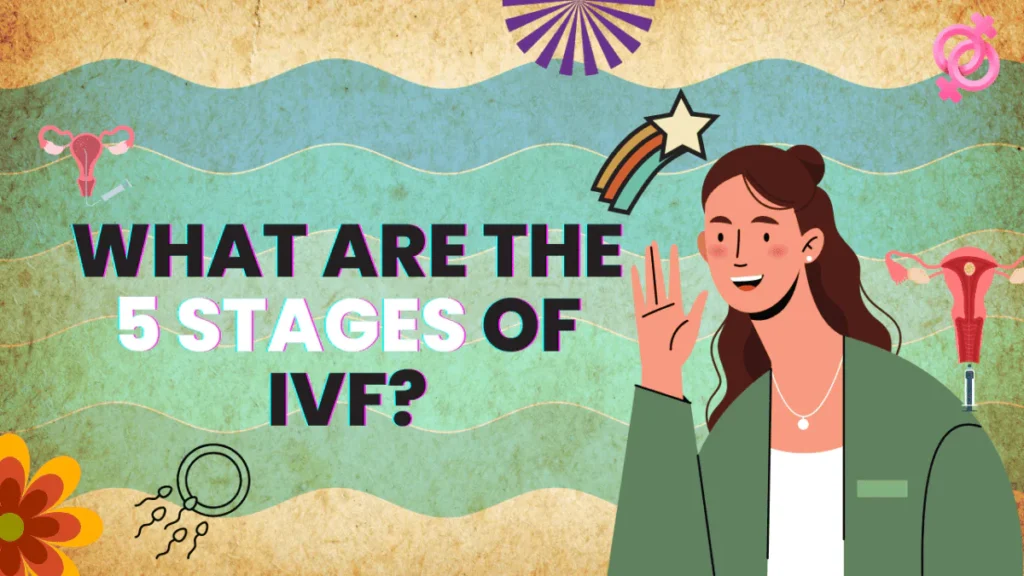
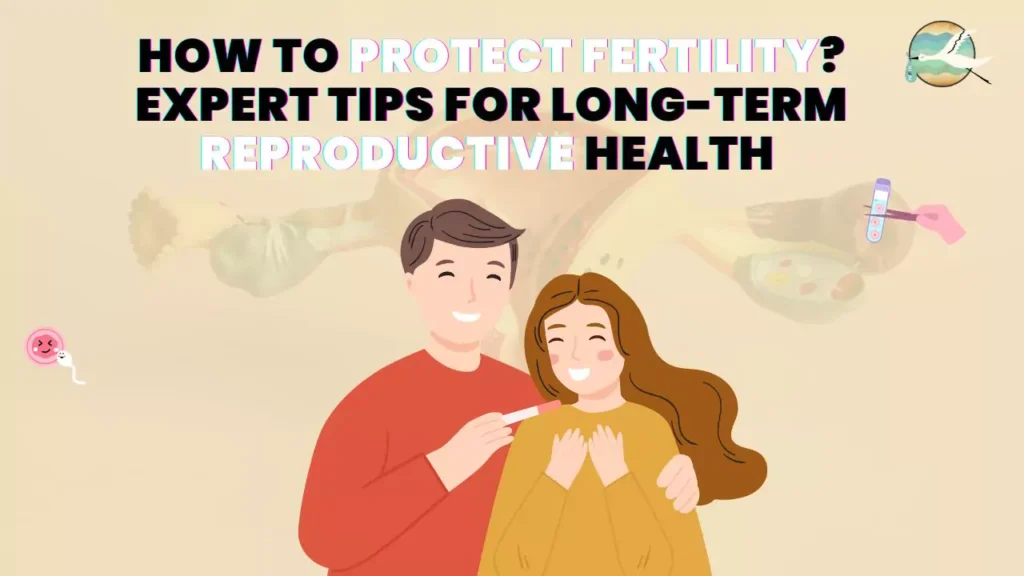

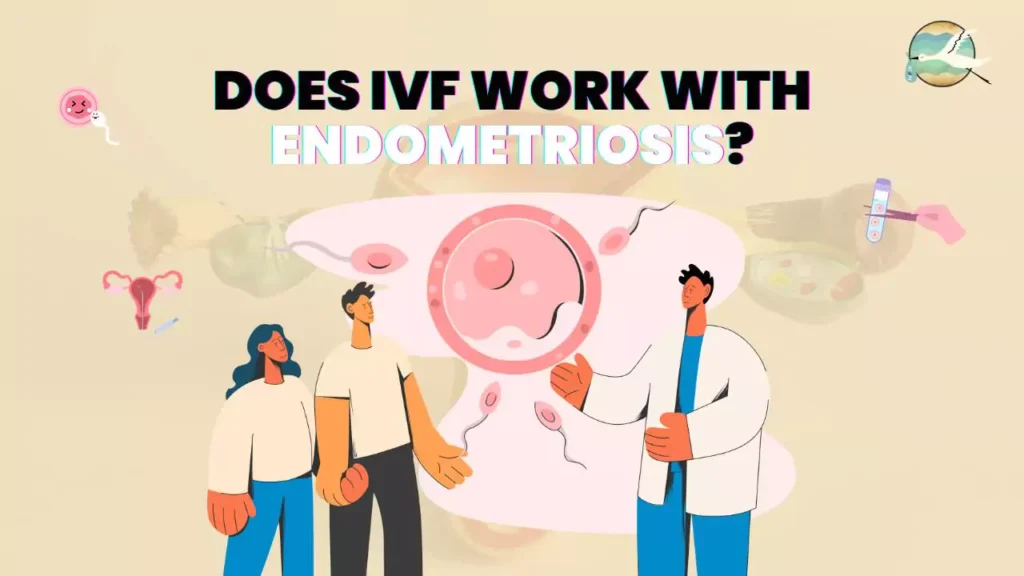
[…] What Are the 5 Stages of IVF? […]
Beautifully explained and its amazing to know the whole process of IVF. Keep it up 👍
Basic but essential information regarding all gynae issues
Thanks for being trustworthy at the tym of businesses period nd try to understand us like a family member
Amazing experience they treat as like family n understand all the problems and good for IVF n all gynae problems best of luck 😊
Love the detail information about the IVF. Thank you so much 🙏🏼
Not many people are aware of IVF, It is very essential to have knowledge about it and this article has made it possible to explain about the procedure, impacts it has and the kind of support needed during the process.
[…] Read Related Topics: What Are the 5 Stages of IVF? […]
[…] for couples from diverse backgrounds, including gay couples, to fulfill their dream of parenthood. IVF has emerged as a revolutionary solution, providing hope and opportunities for same-sex couples to […]